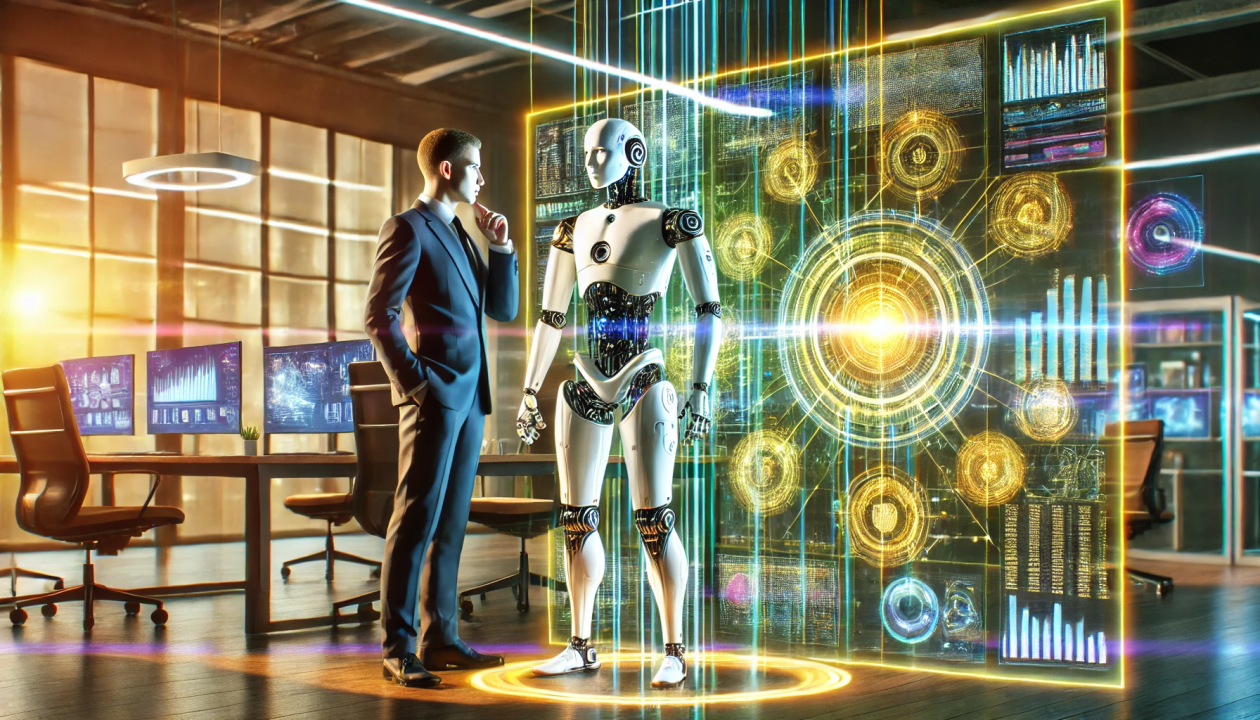As cyber threats grow in scale and complexity, traditional security methods are struggling to keep up. Enter Artificial Intelligence (AI)—the revolutionary force that’s transforming how organizations detect, prevent, and respond to cyberattacks. In a world where every second counts, AI offers speed, accuracy, and adaptability that human-only teams simply can’t match.
The Problem with Traditional Cybersecurity
Legacy cybersecurity systems often rely on predefined rules and static signatures. While effective against known threats, they fall short against new, unknown, or rapidly evolving attacks. Manual monitoring can’t scale with the growing volume of data, leaving gaps that cybercriminals exploit.
How AI is Transforming Cybersecurity
1. Real-Time Threat Detection
AI algorithms continuously analyze network activity to detect suspicious patterns and anomalies—instantly flagging unusual behavior that might signal an attack. This allows businesses to act fast and mitigate threats before they cause damage.
2. Predictive Threat Intelligence
Machine learning models can study historical data and predict future attack vectors. By identifying potential risks before they occur, AI helps organizations shift from reactive defense to proactive prevention.
3. Automated Incident Response
AI doesn’t just detect threats—it can also initiate responses. Whether it’s isolating infected endpoints, revoking compromised credentials, or blocking malicious IPs, AI speeds up containment and recovery processes, minimizing disruption.
4. Adaptive Learning
Unlike static rule-based systems, AI continuously learns and evolves. As it processes more data, it becomes smarter—adapting to new threats and reducing false positives over time.
5. Enhanced Fraud Detection
In industries like finance and e-commerce, AI models are used to spot fraud in real-time. These systems analyze transactions, user behavior, and device patterns to detect and block unauthorized activities instantly.
AI-Powered Tools Changing the Game
From startups to tech giants, many cybersecurity tools now embed AI capabilities, including:
- AI-driven SIEM systems (e.g., Splunk, IBM QRadar)
- Behavior-based antivirus software
- Cloud security platforms with anomaly detection
- AI chatbots for security operations centers (SOCs)
The Human + AI Partnership
AI is powerful, but it’s not a replacement for human cybersecurity experts—it’s a force multiplier. While AI handles speed, data, and scale, human analysts bring context, judgment, and strategic thinking. Together, they form a security strategy that is both intelligent and resilient.
Challenges to Consider
Despite its advantages, AI is not without challenges:
- Bias in data: Poor-quality training data can lead to inaccurate threat assessments.
- Adversarial AI: Hackers may use AI themselves to test and bypass defenses.
- Cost and complexity: Implementing AI tools requires investment in infrastructure and skills.
Understanding and addressing these challenges is essential for getting the most out of AI-driven cybersecurity.
Conclusion: AI Is the Future of Cyber Defense
As cyber threats become more sophisticated, the tools we use to defend against them must evolve. AI offers the speed, intelligence, and adaptability needed to stay ahead of modern attackers. It’s not just enhancing cybersecurity—it’s redefining it.
In the new era of digital defense, AI isn’t an option—it’s a necessity.
